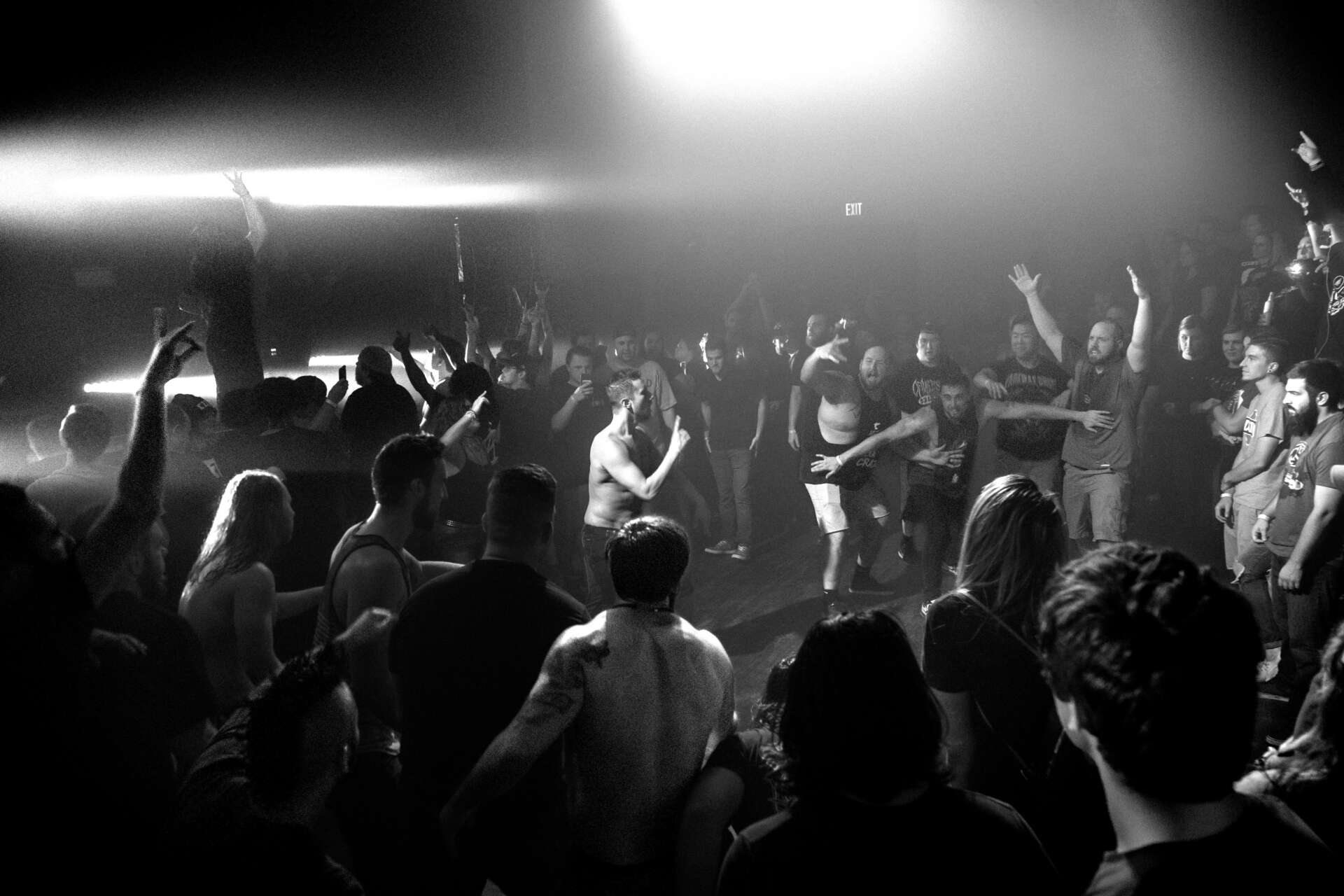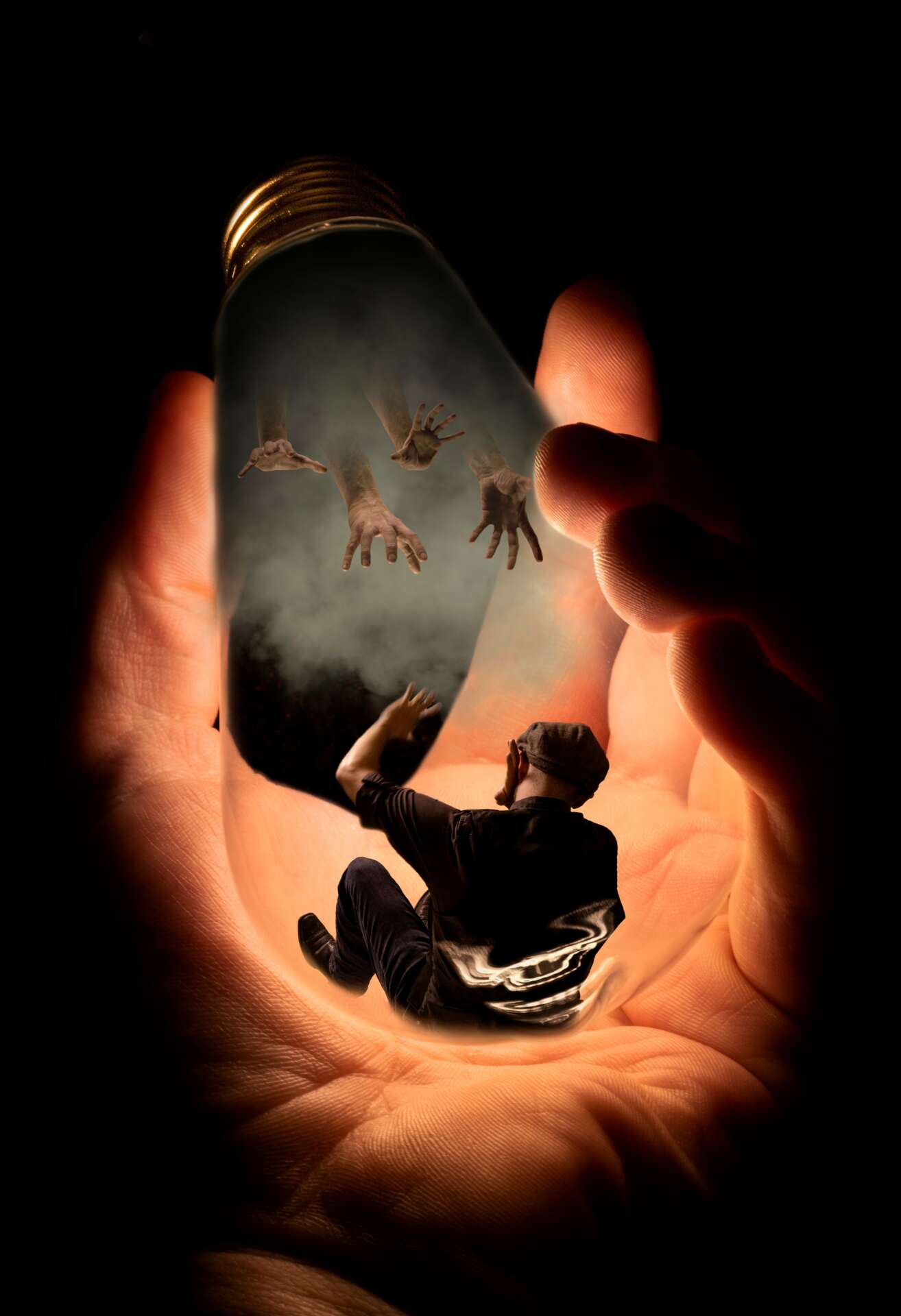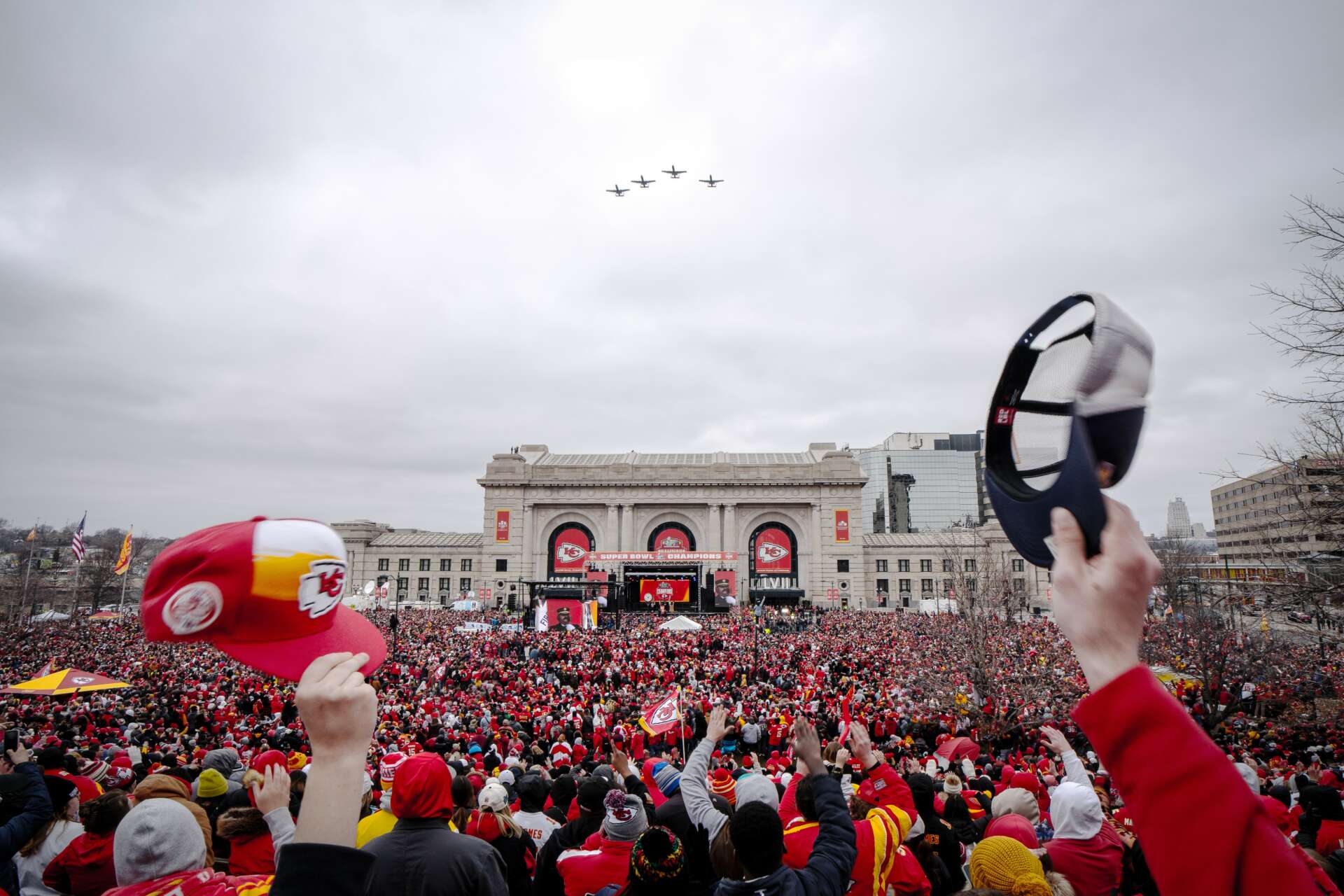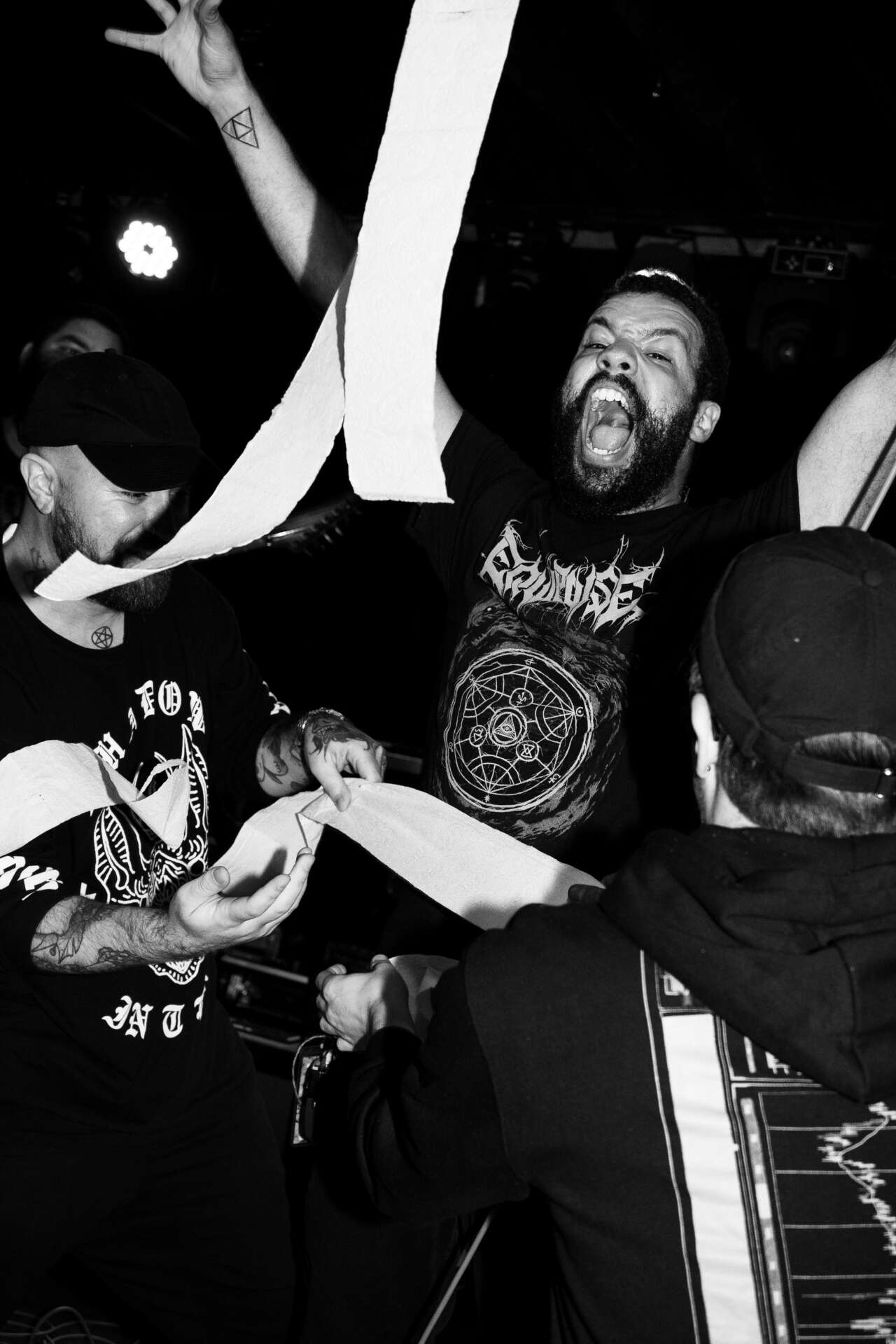Alright – so today we’ve got the honor of introducing you to Dane Newton. We think you’ll enjoy our conversation, we’ve shared it below.
Alright, Dane thanks for taking the time to share your stories and insights with us today. Can you talk to us about a project that’s meant a lot to you?
There are two projects of mine that I’d say are my most meaningful. Congregation for the Outcasts, a documentation of the pre-COVID hardcore music scene in Kansas City, and Edison’s Nightmare, a current work in progress that illuminates experiences of post-traumatic stress.
Congregation for the Outcasts was meant to showcase a sense of community in the hardcore music scene in the Kansas City area. It is often felt that members of the hard-rock and hip-hop communities are dangerous or scary based on the subject matter of the music that they listen to. However, if people took a moment to truly see these people, they’d likely see that these communities help each other up and take part in an extraordinary exchange of energy at live events. In my opinion, that’s what makes these kinds of events so powerful and that’s what I set out to expose. I reached out to musicians as they passed through KC to request photo passes and document their shows, and many musicians seemed excited to be involved. I’ve been fortunate enough to work with acts such as Of Mice & Men, Sleeping With Sirens, Nothing More, Cannibal Corpse, Thy Art is Murder, Joey Cool, Godsmack, Microwave, Fit For An Autopsy, and venues full of their fans. The final product takes the form of a book with about 45 images of these communities in the heat of the action. I feel Congregation for the Outcasts shows just how a drive for passion and togetherness can turn strangers into friends, how people who have likely never met can be have each other’s backs, and how music is truly a spiritual experience.
Edison’s Nightmare is a bit different. In this project, I stepped away from the literal “what you see is what you get” method of photography and ventured into something a bit more metaphorical. In this project, I am using photoshop to create surreal digital compositions to depict a victim’s headspace during a post-traumatic episode. This 8-image series shows a hand holding an illuminated lightbulb, symbolizing the mind. The lightbulb is not screwed into anything, nor is there any kind of illuminating filament inside. What IS inside, is man trapped without any hope of escape with a thick cloud of smoke overhead. As the series progresses, disembodied hands emerge from the smoke, reaching for the man. The lightbulb is rotated and the man inside slips around, desperately trying to evade both the smoke and the hands. Eventually, the hands are able to grab onto the man and pull him into the screw, though he fights every step of the way. When the man is no longer visible, the smoke dissipates and the man’s hat falls from the screw. The lightbulb is screwed into a socket and physically burns out through the print, leaving a blanket of darkness and giant burn hole in the center of the print. I feel like this project may help people understand not necessarily what it looks like to experience a mental health episode, but instead what it feels like.
My favorite film is The Secret Life of Walter Mitty, starring Ben Stiller. Following the adventure of a LIFE magazine employee, the meaning of life is often referenced as “To see the world, things dangerous to come to, to see behind walls, draw closer, to find each other, and to feel.” Since my first viewing of the film, that is what I believe makes life, as well as art, meaningful. I feel that is why these works have been so important to me. They show the world and things dangerous to come to. They show behind walls and draw people closer. They bring people together, and if I’ve done my job right, the viewer should feel something and hopefully walk away with some sort of a sense of understanding.

Dane, love having you share your insights with us. Before we ask you more questions, maybe you can take a moment to introduce yourself to our readers who might have missed our earlier conversations?
I started taking photos in 2015, but I’ve been an artist since I was a kid. Both of my parents are artists in their own way. My mother enjoyed painting and more traditional artistic practices, while my father restored classic cars with an attention to detail and craftsmanship that is unparalleled, in my opinion. I can do work in illustration, printmaking, graphic design, sculpture, photography, and videography, thanks to my time spent at MCC-Penn Valley and The Kansas City Art Institute. I started doing camera work professionally in 2015, taking mostly senior photos, family portraits, and documenting vintage vehicles. Now I commercially do some print media such as graphic design, as well as event photography, concerts, weddings, portraits, and music videos, aside from my more fine art related endeavors. What I feel often sets me apart from other professionals is that I try to rarely pose photos. I prefer to capture what is real rather than what is faked. I can pose a million photos and the ones that elicit the most emotion are the ones taken between shots; a bride and groom sharing a moment between poses, the singer climbing offstage to connect with their fans, the people pulling up those that have tripped in the mosh pit or helping crowd surfers back to the ground. These are the moments that drive me to do this work and I can try to pose this stuff all day, but nothing compares to the real thing. But what really makes a series of work great? For me it all comes down to that simple quote from The Secret Life of Walter Mitty, “To see the world, things dangerous to come to, to see behind walls, draw closer, to find each other and to feel. That is the purpose of LIFE.” If a work can do any of that, I’d consider it a success.

Is there mission driving your creative journey?
Of course! Every time I try to deconstruct my process, I come back to that same quote from The Secret Life of Walter Mitty, “To see the world, things dangerous to come to, to see behind walls, draw closer, to find each other and to feel.” To me, that really encompasses what it really means to be human. That movie came out right as I was finishing my first semester of college and it likely subconsciously played a pretty large part in shaping how I work. It DEFINITELY is a large part of what made me start taking photos. I want to experience the world and share who we are, inside and out. I’ve gone so many places and met so many people already, but I’ve barely scratched the surface. I will never stop and I will never be done. The Lord has given me a task and time. I do not intend to let either go to waste.

Is there something you think non-creatives will struggle to understand about your journey as a creative? Maybe you can provide some insight – you never know who might benefit from the enlightenment.
I’m so glad this question came up! There is no such thing as vacation. If I go on a trip, I’m taking photos. Hiking? I’ve got my camera. Kayaking? My camera is in a dry sack. Exploring a new city? I’ve got my camera. Stopping for lunch? You guessed it. Camera. I’ve had so many instances while I’m on trips with family or friends where somebody says, “this isn’t a photo shoot,” or “c’mon, we’re on vacation.” I’m not on vacation. You’re on vacation. I’m working and I can’t bring myself to waste the opportunity. My job is exploring the beautiful and when I get home, there will be even more work processing everything that I explored so that I can bring it to others. I just can’t bring myself to not bring my camera. If I did, I’d kick myself at the first missed photo moment. Like I said, I can’t let my task or my time go to waste. There’s no time for vacation. The closest that I ever get is little windows where I can live just a little more fully and I try to use them to their full potential. 

Contact Info:
- Website: danenewtonphoto.com
- Instagram: https://www.instagram.com/danenewtonphotography/?hl=en
- Facebook: https://www.facebook.com/DaneNewtonPhotography/
- Linkedin: https://www.linkedin.com/in/dane-newton-photo
Image Credits
All images were taken, composed, processed, and edited by Dane Newton.


